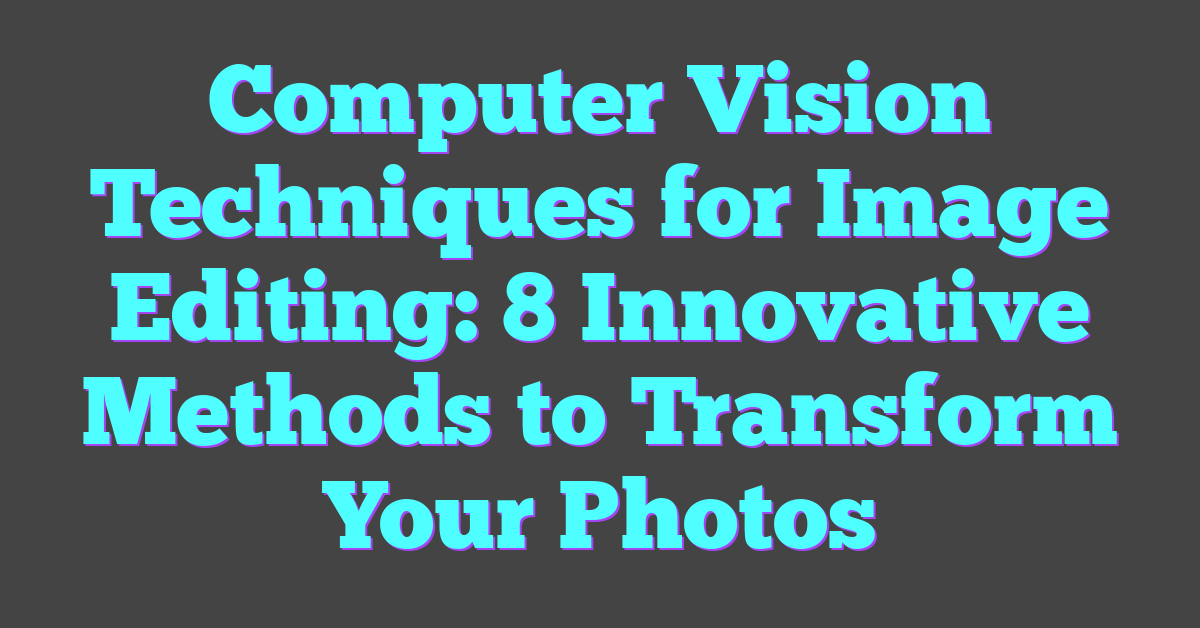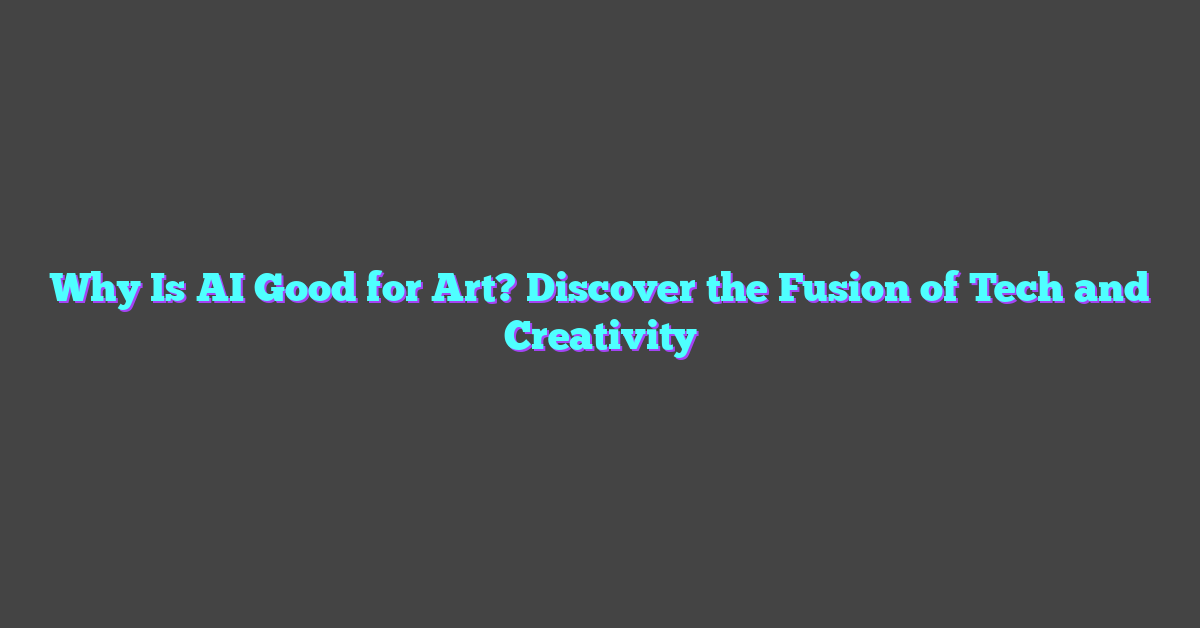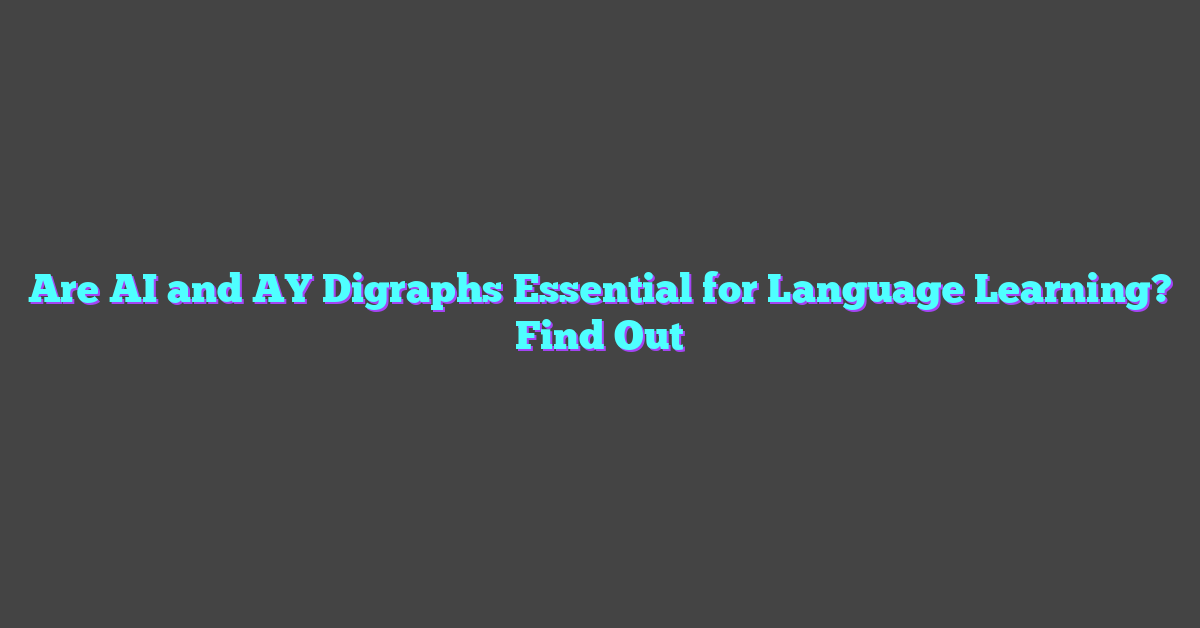Key Takeaways
- Enhanced Efficiency: Computer vision automates complex image editing tasks, significantly reducing the time required for edits.
- Advanced Techniques: Utilizes object detection, image segmentation, style transfer, and image restoration for precise and creative modifications.
- Increased Accessibility: Empowers users of all skill levels to perform high-quality image edits without extensive technical expertise.
- Improved Accuracy: Leveraging deep learning models ensures reliable and consistent editing results with high precision.
- Future Innovations: Anticipates real-time editing, AI-driven creative tools, augmented reality integration, and enhanced personalization for more dynamic image editing experiences.
Computer vision is transforming the way we edit images, making the process faster and more intuitive. With advanced algorithms, tools can now recognize and manipulate elements within a photo effortlessly. Whether it’s removing unwanted objects or enhancing colors, computer vision techniques are opening up new creative possibilities for both amateurs and professionals.
Imagine seamlessly retouching your photos with just a few clicks, thanks to intelligent software that understands the nuances of each image. These innovations not only save time but also elevate the quality of edits, allowing users to achieve stunning results without extensive technical knowledge. As technology continues to evolve, the future of image editing looks brighter and more accessible than ever.
Overview of Computer Vision in Image Editing
Computer vision revolutionizes image editing by enabling automated analysis and manipulation of visual content. Leveraging advanced algorithms, these techniques identify and process various elements within images, such as objects, textures, and colors. This automation enhances precision and efficiency, allowing users to perform complex edits with minimal effort.

Key Computer Vision Techniques in Image Editing:
- Object Detection and Recognition: Locates and identifies objects within an image, facilitating tasks like selective adjustments or object removal.
- Image Segmentation: Divides images into segments based on characteristics, enabling targeted editing of specific regions.
- Style Transfer: Applies the aesthetic style of one image to another, merging different visual elements seamlessly.
- Image Restoration and Enhancement: Repairs damaged areas and enhances image quality through noise reduction and color correction.
- Facial Recognition and Retouching: Detects facial features for automatic retouching, such as skin smoothing or feature enhancement.
Advancements in machine learning, particularly deep learning models like convolutional neural networks (CNNs), have significantly improved the accuracy and speed of these computer vision techniques. By training on extensive datasets, these models learn to recognize intricate patterns and details, making automated image edits more reliable and consistent.
Integrating computer vision into image editing software offers numerous benefits, including time-saving automation, increased accuracy, and the ability to perform complex edits that were previously time-consuming or technically challenging. These innovations cater to both amateur enthusiasts and professional designers, democratizing access to high-quality image editing tools.
Key Techniques in Computer Vision for Image Editing
Key computer vision techniques drive advancements in image editing. These methods enable precise and efficient modifications to digital images.
Image Segmentation
Image segmentation divides images into regions, enabling precise isolation of objects or backgrounds. Techniques like semantic segmentation and instance segmentation provide detailed control for targeted edits.
Object Detection
Object detection identifies and locates objects within images, facilitating accurate modifications. Algorithms such as YOLO and Faster R-CNN enable real-time and high-precision detection for efficient editing workflows.
Style Transfer
Style transfer applies artistic styles to photos, transforming their appearance creatively. Methods like neural style transfer and generative adversarial networks (GANs) let users mimic various artistic effects effortlessly.
Applications of Computer Vision in Image Editing
Computer vision technologies revolutionize image editing by automating complex tasks and enhancing creative possibilities. These applications streamline workflows and ensure precision in various editing processes.
Automated Retouching
Automated retouching leverages machine learning algorithms to enhance photos effortlessly. It detects and corrects imperfections such as blemishes, wrinkles, and uneven lighting in portraits. By analyzing patterns across thousands of images, the software applies consistent adjustments, saving users time while maintaining natural appearances.
Content-Aware Fill
Content-aware fill utilizes image segmentation and deep learning to seamlessly remove unwanted objects from photos. The technique intelligently analyzes surrounding pixels to reconstruct missing areas, ensuring continuity in textures and colors. This application allows for precise modifications without manual cloning or extensive editing, enhancing both efficiency and accuracy in image restoration.
Benefits of Computer Vision Techniques
Computer vision techniques significantly enhance image editing by automating complex tasks, increasing accuracy, and improving workflow efficiency.
Time Efficiency: Automates repetitive editing processes, reducing the time required to complete tasks.
Precision: Enables accurate detection and manipulation of specific elements within images, ensuring high-quality edits.
Accessibility: Allows users with varying levels of expertise to perform advanced image editing without extensive technical skills.
Consistency: Maintains uniformity across multiple edits, ensuring a cohesive visual outcome.
Scalability: Facilitates the processing of large volumes of images efficiently, supporting extensive project requirements.
Creativity Enhancement: Provides tools for innovative editing approaches, allowing users to experiment with new styles and effects effortlessly.
Challenges and Limitations
Computer vision techniques in image editing face several challenges that impact their effectiveness and adoption. Computational complexity requires significant processing power, especially for deep learning models like convolutional neural networks (CNNs), limiting accessibility for users with standard hardware. Dataset quality and diversity are crucial; insufficient or biased datasets can lead to inaccurate object detection and poor image segmentation, affecting editing precision. Real-time processing remains a limitation, as high-resolution images demand substantial computational resources, causing delays in editing workflows. Generalization issues arise when models trained on specific datasets struggle to perform accurately on diverse or unseen image types, reducing their versatility. Creative limitations present another hurdle; while computer vision excels at technical edits, it may not fully understand or replicate nuanced artistic intentions, restricting creative freedom. Additionally, privacy concerns emerge with facial recognition and retouching, as handling sensitive information necessitates robust data protection measures. These challenges highlight the need for ongoing research and development to enhance the robustness, efficiency, and ethical application of computer vision in image editing.
Future Trends in Computer Vision for Image Editing
Real-Time Image Editing
Real-time processing enables instant feedback during edits, enhancing user experience. Advanced algorithms achieve high speed, regardless of image complexity.
Enhanced AI-Driven Creativity Tools
AI-powered tools offer creative suggestions, expanding user possibilities. Machine learning models generate unique effects, even for intricate design requirements.
Integration with Augmented Reality
Augmented reality (AR) combines with computer vision to overlay edits seamlessly. Users interact with virtual elements in real environments, improving editing precision.
Improved Personalization and Adaptive Editing
Personalization tailors editing tools to individual preferences, increasing efficiency. Adaptive algorithms learn from user behavior, providing customized editing options.
Increased Automation in Complex Tasks
Automation handles intricate editing processes, reducing manual effort. Intelligent systems manage tasks like background removal and object replacement effortlessly.
Ethical and Privacy Advancements
Ethical guidelines ensure responsible use of computer vision, protecting user privacy. Enhanced security measures safeguard sensitive image data during editing.
Lightweight Models for Enhanced Accessibility
Lightweight models operate on standard hardware, broadening accessibility. Optimized algorithms run efficiently on various devices, making advanced editing tools widely available.
Advanced Style Transfer Techniques
Style transfer evolves to support more nuanced artistic styles, offering diverse editing options. Sophisticated models apply complex patterns accurately, catering to creative demands.
Collaborative Editing Platforms
Collaborative platforms integrate computer vision, facilitating teamwork in image editing. Real-time synchronization allows multiple users to edit images simultaneously.
Enhanced Image Restoration Capabilities
Image restoration improves, addressing more severe degradation issues. Advanced algorithms accurately reconstruct lost details, revitalizing old or damaged photos.
Conclusion
Computer vision is transforming image editing into a more intuitive and efficient process. Users can now achieve stunning results with less effort, thanks to smart tools that handle complex tasks seamlessly.
As technology continues to evolve, the capabilities of these techniques will expand, offering even more creative possibilities. Whether you’re a hobbyist or a professional, the future holds exciting opportunities for enhancing your visual projects.
Embracing these advancements means staying ahead in the ever-changing landscape of digital creativity. The integration of computer vision in image editing is not just a trend but a significant shift towards more accessible and powerful editing solutions.




